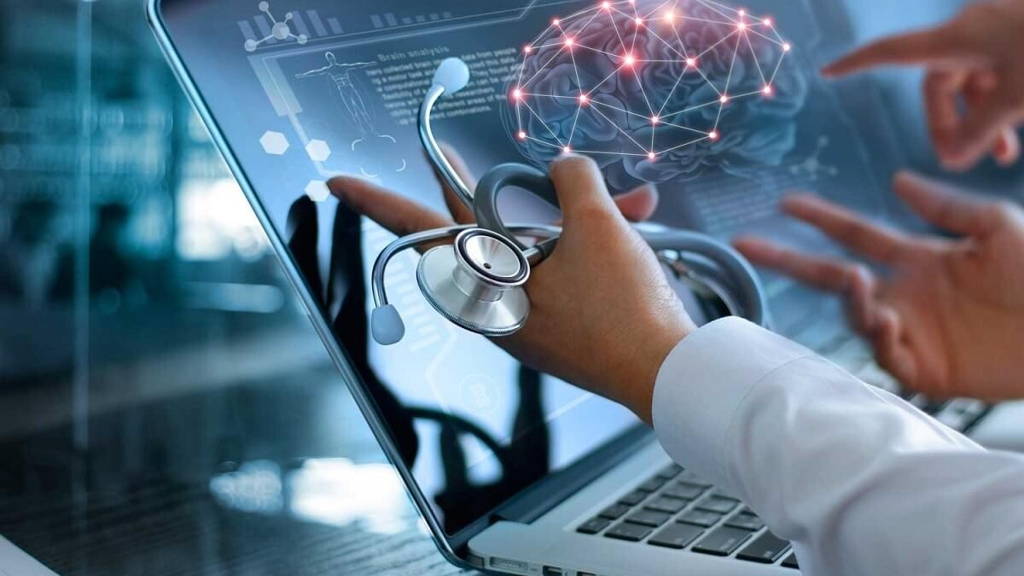Parkinson’s disease is the world’s fastest-growing neurological condition and has a profound impact on people’s lives. Symptoms worsen over time, making everyday tasks increasingly difficult. Medications gradually become less effective and cause more side effects, further deteriorating the patient’s condition. While Deep Brain Stimulation (DBS) does not cure Parkinson’s, it can significantly improve symptoms such as stiffness, slowness, and tremors.
Parkinson’s is caused by a lack of dopamine in the brain, leading to overactivity in certain brain regions responsible for the disease’s hallmark motor symptoms. In early stages, medication can effectively control symptoms. However, as the disease progresses—often after several years—patients require increasing doses, which are less effective and more likely to cause side effects. At this advanced stage, DBS may be a valuable treatment option for many patients.
DBS involves a neurosurgeon placing one or two electrodes into deep brain regions—structures often no larger than a coffee bean. These areas have become overactive due to the dopamine deficiency. The electrodes are connected via extension wires to a ‘neurostimulator’ implanted under the skin near the chest. This device continuously sends electrical pulses to regulate brain activity and reduce symptoms. DBS systems are developed by medical technology companies like Boston Scientific.
A powerful technology
“It’s truly an amazing technology,” says neurosurgeon Dr. Saman Vinke of Radboud university medical center (Radboudumc) in Nijmegen, where his team performs 70 to 90 DBS surgeries annually. “I was first introduced to DBS around 2014. It’s remarkable to see how quickly the technology and therapy have advanced. These improvements make DBS increasingly safer and more personalized to individual patients’ needs.”
Dr. Vinke believes a large portion of patients in advanced stages of Parkinson’s could benefit from DBS. “In this stage, there are several treatment options, including continuous medication infusion via pumps. Many patients still fear brain surgery, which is understandable. But today, DBS no longer involves being awake during a full-day operation. It’s now often performed under general anesthesia and typically lasts just one to two hours.”
Advancing DBS technology
“Initially, doctors used heat to reduce symptoms by lesioning brain tissue. Later, they discovered that electrical stimulation could be just as effective—and reversible. That insight led to the development of today’s DBS systems,” explains Pien van Gastel, Clinical Technologist at Boston Scientific.
“What’s unique about our systems is their compatibility with Image-Guided Programming. This allows physicians to tailor stimulation precisely to the patient’s brain anatomy. High-quality MRI scans are essential for this approach, making imaging a critical step in DBS planning,” Van Gastel adds.
Patient-specific stimulation
“The technology enabling precise and stable stimulation stems from Boston Scientific’s 2004 merger with Advanced Bionics,” says Bas Damen, Principal Product Specialist at Boston Scientific. “This combination makes patient-specific stimulation much easier and can save time during setup.”
A new DBS electrode will soon be available, offering more programming options for clinicians, especially as patients’ conditions evolve. “Automation will increasingly support programming. Based on the patient’s anatomy and machine-learning algorithms, the system can suggest optimal stimulation points in seconds. Even with these advances, DBS programming will always require customization.”
At Amsterdam UMC, neurologists have spent over a decade researching an adaptive form of DBS (aDBS), enabling personalized treatment. In aDBS, the implanted electrodes continuously monitor brain signals to detect symptom presence or severity. Stimulation is only applied when abnormal brain activity is detected, reducing unnecessary stimulation and improving patient outcomes.
Remarkable results
Statistics show that 96% of DBS patients would choose the treatment again. Motor function improvements typically last at least five years. One of those patients is singer Ernst Daniël Smid, who lost his voice due to Parkinson’s and could no longer perform. Several years ago, he underwent DBS surgery at Radboudumc with Dr. Vinke’s team.
“At first, I saw a video of a DBS surgery where the patient was awake—that really put me off. But I wanted my voice back. I wanted to walk a little, make coffee, live again. Thankfully, the surgery can now be done under general anesthesia, and the result is incredible. It’s almost unbelievable that such a small piece of technology can make such a big difference,” says Smid. He now considers July 13—the day of his surgery—his “second birthday.”









